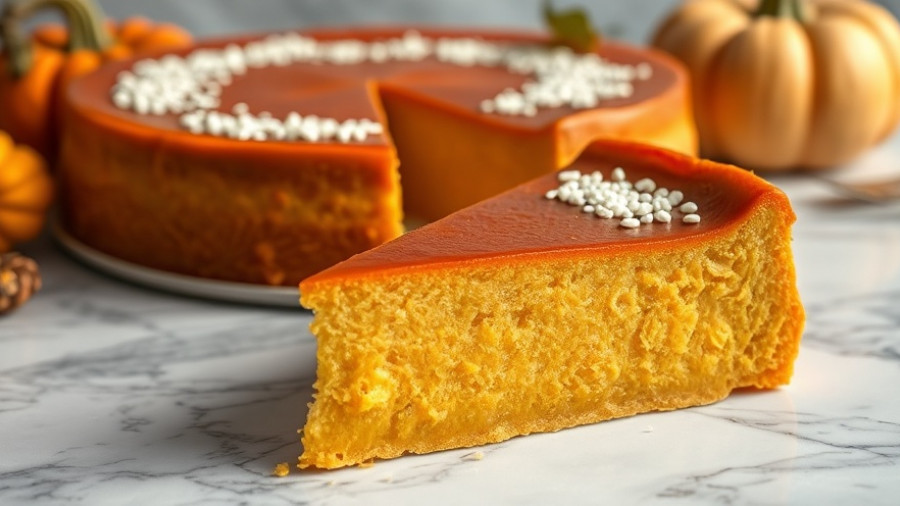
Rediscovering the Timeless Delight of Pastelitos de Coco
In the vibrant world of Cuban cuisine, few desserts evoke as much nostalgia and joy as pastelitos de coco. These delightful pastries, filled with sweet coconut, hold a special place not just in the hearts of consumers but also in the business strategies of Cuban restaurant owners looking to amplify their offerings.
Easily Crafted with Only Three Ingredients
Cuban bakeries are iconic, known for their range of delicious pastelitos, including the famous pastelitos de guayaba and the flavorful pastelitos de queso. Pastelitos de coco, made from flaky puff pastry and sweet coconut filling, are simple to prepare, requiring only three ingredients: puff pastry, grated coconut in syrup, and egg wash. For restaurant owners, this simplicity is a significant advantage, making the pastry easy to integrate into any menu.
The Cultural Significance of Coconut in Cuban Desserts
Coconut is more than just a favorite flavor in Cuban desserts; it is a symbol of culinary tradition. Cubans enjoy coconut in many forms, from boniatillo to arroz con leche. Featuring pastelitos de coco in your offerings can connect your restaurant to cultural roots, enhancing your establishment’s authenticity in the eyes of both locals and visitors. Pair these pastries with a strong cup of Cuban coffee to elevate the dining experience.
Strategically Boosting Your Bakery Menu
As a restaurant owner, embracing popular items like pastelitos de coco could help capture customer interest. Featuring these pastries as a dessert option or even as a snack can attract a wider audience, from families craving a taste of home to tourists eager to explore authentic Cuban flavors. With their flaky texture and delicious coconut filling, these treats are not only a delight but also an opportunity for upselling.
Customizing Your Offerings for Increased Appeal
Consider variations to stand out in a crowded market. Adding a twist, like incorporating chocolate into the filling or offering vegan alternatives, can attract a diverse clientele. Even seasonal flavors can keep your menu fresh and inviting. Engaging advertising or special promotions can also boost sales and encourage patrons to share their delightful discoveries.
Call to Action
Are you ready to reconnect with the rich culture of Cuban baking? Consider adding pastelitos de coco to your menu today. Explore creative variations and engage your customers with this timeless favorite!
 Add Row
Add Row  Add
Add 




Write A Comment